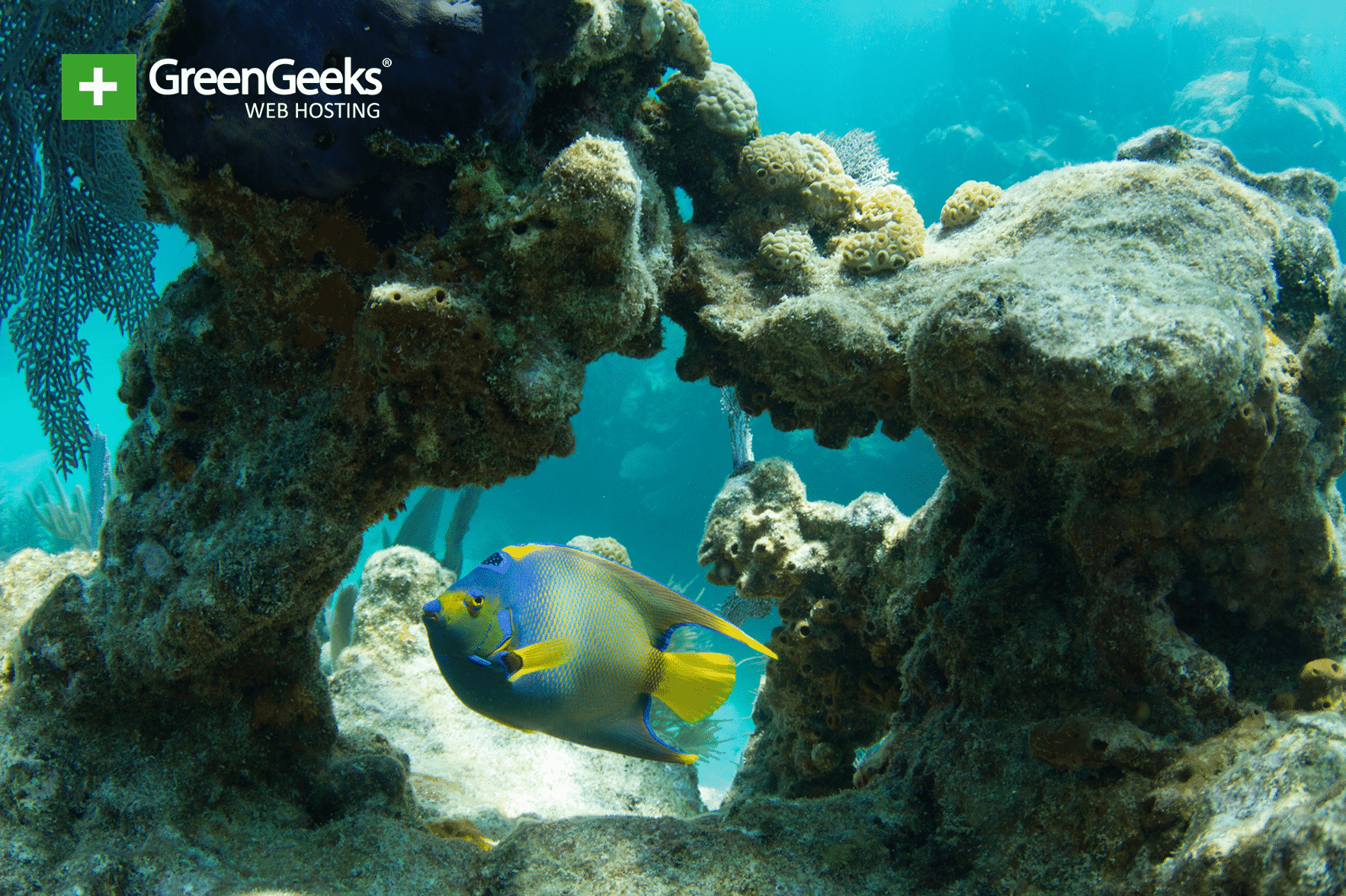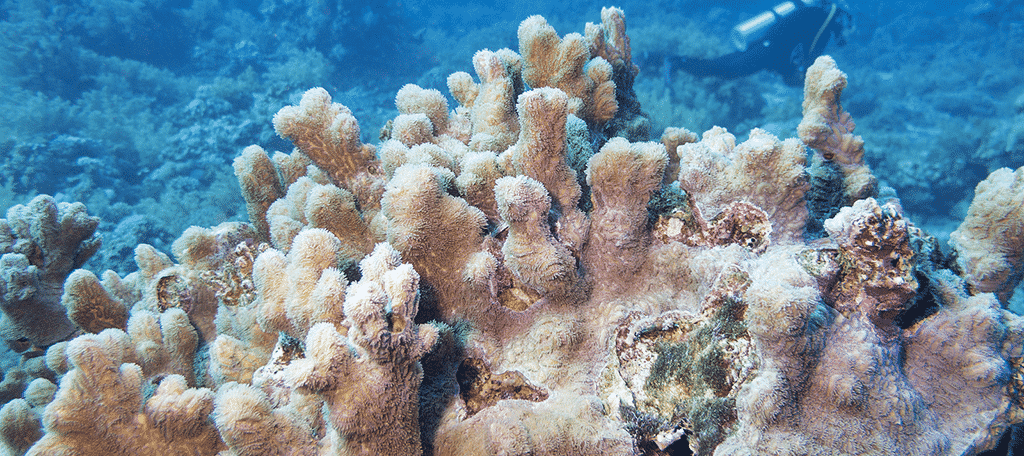
An amazing breakthrough was made at The Florida Aquarium in Tampa. For two days in a row, Atlantic coral has successfully reproduced in a lab environment.
Project coral is the official name of the aquarium’s project. The purpose is to repopulate the Florida Reef Tract. However, before this, Atlantic coral was never able to reproduce in a lab setting.
This amazing breakthrough may be able to save America’s Barrier Reef.
America’s Barrier Reef
Florida Reef Tract is the third-largest in the world with only the Great Barrier Reef in Australia and the Belize Barrier Reef in Belize ahead of it. The reef is located a few miles off of the Florida Keys.
It is the only living coral barrier reef within the continental United States and unfortunately, has not been doing well lately. The reef has been suffering from Stony Coral Tissue Loss Disease (SCTLD).
The disease has impacted half of Florida’s reef-building coral species, but hope is not lost. This breakthrough will make it possible to repopulate the coral reefs, but the source of the disease is still unknown.
Five Years In the Making

This project began in 2014 with Staghorn coral. However, due to the appearance of SCTLD, researchers switched to pillar coral.
Pillar coral is classified as almost extinct. The primary reason behind this classification is because the surviving male and females are too far apart to reproduce.
Thus, they were on track for extinction. But Project Coral has changed that.
The Loss of Coral Would Be Devastating
Coral reefs are an integral part of Florida’s economy and their disappearance would be devastating. They are one of the main attractions of tourism in the state.
On top of this, they also offer multiple species of fish the environment they need to survive. This would impact both recreational and commercial fishing.
Coral reefs also help reduce the impact of hurricanes and decrease the chance of flooding.
Thus, this scientific breakthrough by The Aquarium of Florida has the potential to save the entire state.

